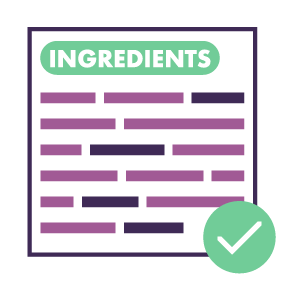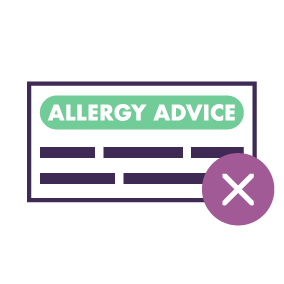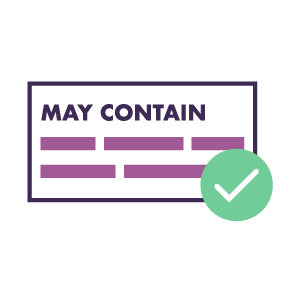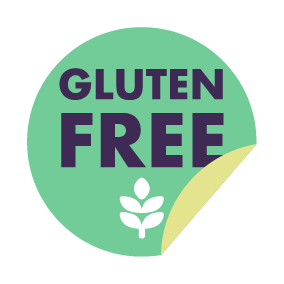About 1% of people in the UK have coeliac disease which is a life-long autoimmune disease where the body attacks its own tissues, such as the lining of the stomach, when gluten is consumed. People with coeliac disease need to avoid foods that contain gluten to prevent potentially serious health effects. This means labelling claims about gluten in foods are very important. Foods that contain gluten include wheat, rye and barley.
The Commission Implementing Regulation (EU) No. 828/2014, Enforced in Scotland by The Food Information (Scotland) (Amendment) Regulations 2016 established levels of gluten for foods that makes a claim to be either 'gluten-free' or 'very low gluten'. These levels are:
- 'gluten-free' – 20 mg/kg of gluten.
'very low gluten' – 100 mg/kg of gluten. However, only foods with cereal ingredients that have been specially processed to remove the gluten may make a 'very low gluten' claim.
Manufacturers and caterers can only use the phrase 'gluten-free' if they can demonstrate that, when tested, their product is 20 parts or less of gluten per million. They will also be required to demonstrate that any products claiming to be 'very low gluten' comply to the legislation.
Manufacturers and caterers producing foods with no deliberate gluten containing ingredients, but due to the high risk of gluten cross-contamination, will be unable to label foods as 'gluten-free' or 'very low gluten'. However, if steps have been taken to control gluten cross-contamination, these manufacturers may be able to indicate which foods do not contain gluten-containing ingredients. This allows people with coeliac disease to make informed choices about the food they eat based on their individual levels of sensitivity.




